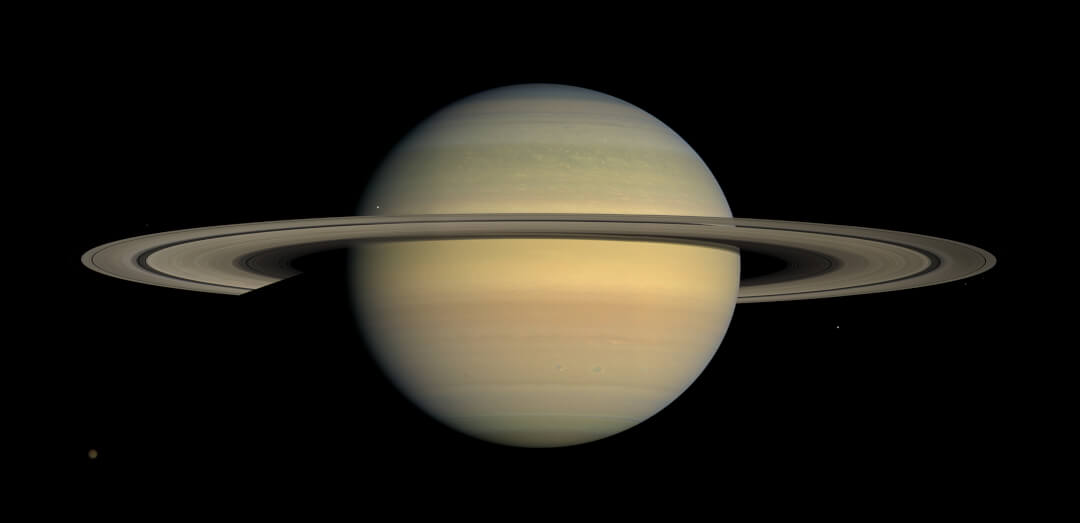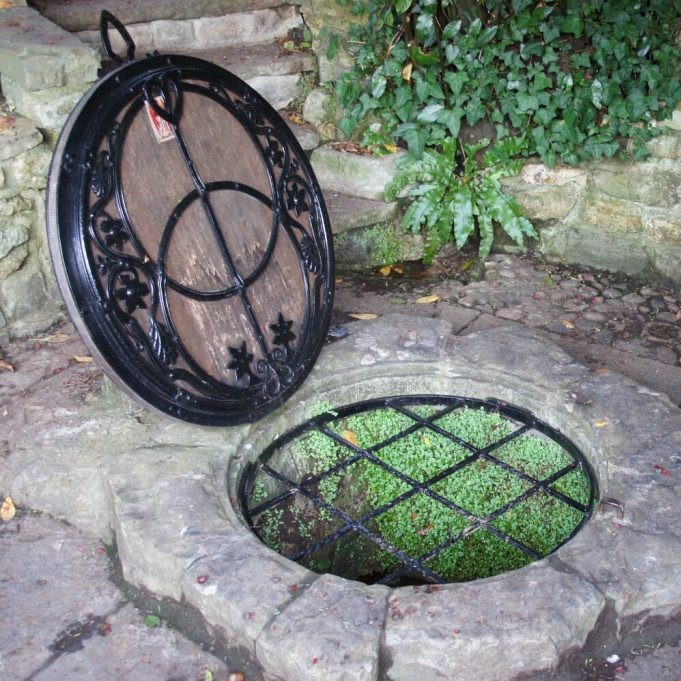Celestial Workings: Saturn

Saturn is the sixth planet from the sun and is the furthest planet we can see from Earth with the naked eye. It is most commonly recognised by its fantastic ring system, which was discovered by Galileo Galilei in 1610. Saturn is said to have 62 confirmed moons, four of which are called Titan, Enceladus, Iapetus and Rhea. Titan and Rhea are the largest, and Enceladus is said to have a vast ocean beneath its icy surface.

The time it takes to orbit the sun is 10,756 days or 29.5 years. Don’t expect to live very long or well if Saturn was going to be your holiday destination of choice- its surface is minus 139 degrees Celsius. The planet is also not completely circular- its polar diameter is 90% of its equatorial diameter, because of its low density and fast rotation. It has the second shortest day of any of our solar system’s planets, and turns on its axis once every 10 hours and 34 minutes which is a very short day indeed! The planet itself is made mostly of Hydrogen, and as you get deeper into the planet it gets denser and eventually becomes metallic. The innermost core is hot, like you may have seen from our own planet.
It was first recorded in the 8th century by the Assyrians. It is named for the Roman God, Saturnus and was known to the Greeks as Cronus or Kronus. Cronus was the ruling Titan who came to power by castrating his father, Uranus or Ouranos. His name means ‘sky’ or ‘heavens’ and his consort was Gaia, which means earth. It is said that Ouranos fathered 12 sons and 6 daughters. He locked away the eldest two, the giant Kyklopes and Hekatonkheires inside the belly of the earth. Gaia suffered immense pain from this and persuaded her Titan sons to rebel. Four of these sons were set as sentinels at the four corners of the world, ready to grasp their father as he descended to lie upon the earth. The fifth- Cronus- took his position at the centre, and armed with an adamantine sickle, castrated Ouranos while his brothers held him firm. The sky-god’s blood fell and drenched the earth, producing the avenging Erinyes (also known as ‘Furies’) and the Gigantes (Giants).
Cronus’ wife was Rhea (one of the moons of the planet Saturn) and their offspring were the Olympians. To ensure his safety as a ruler, Cronus ate each of his own children as they were born. This worked until Rhea, becoming unhappy about the loss of her children (completely understandable), tricked Cronus into swallowing a rock instead of Zeus, their son. When he grew up, Zeus revolted against Cronus and the other Titans. He defeated them and banished them to Tartarus in the underworld.
However, Cronus escaped to Italy, where he ruled as Saturn. His ruling time was said to be a golden age on the earth, which was honoured by the Saturnalia feast. Not only this, but a festival was held in Athens, honouring Cronus. It was called ‘Kronia’ and it took place on the 12th day of the month Hekatombaion.
The name Cronus, Kronus, etc can be translated to mean ‘time’; think of ‘chronological’ or a ‘chronology’. All of these refer to something being altered or arranged by time. Cronus was especially regarded when looking at the destructive and all-devouring aspects of time.


